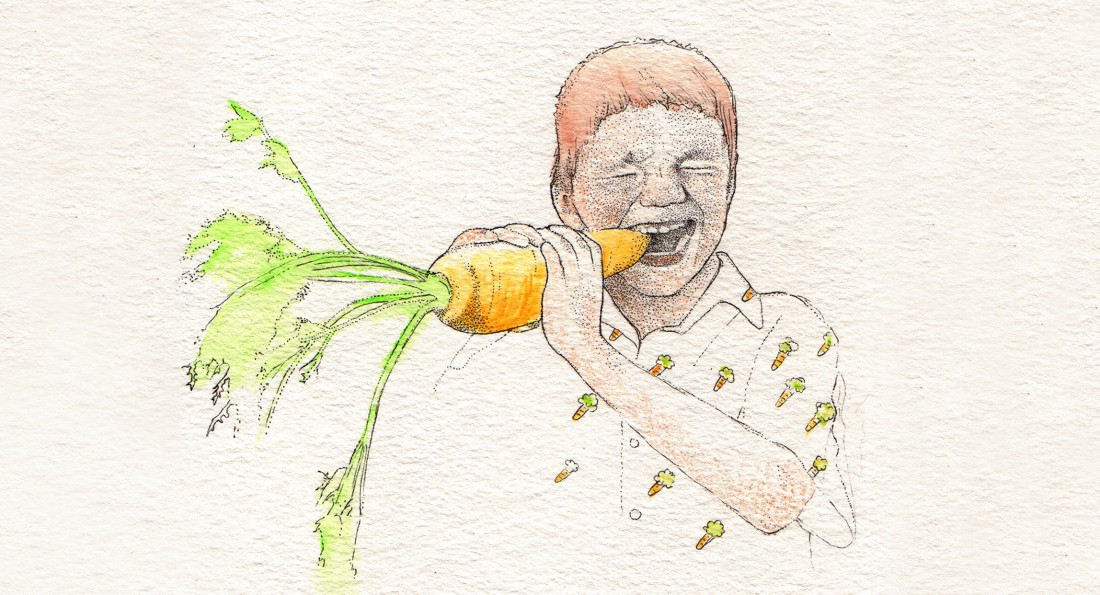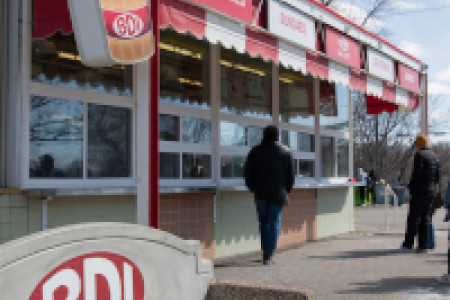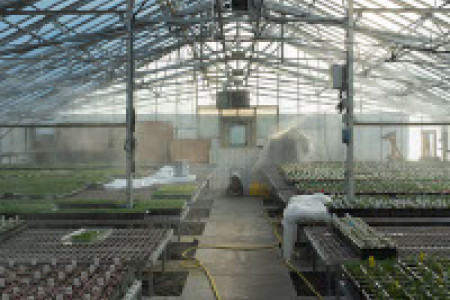Manitoba Eats
The many options for getting local grub
Local produce is available all over the city, and there are a few ways to get it.
Fools & Horses, located in the heart of downtown, recently agreed to take part in a food share program through My Farmers’ Market.
“They approached us,” co-owner James Magnus-Johnston says. “They know that we’ve been scaling up the use of local food whenever possible, so they asked us to house a pick-up point.”
The program offers two sizes of produce boxes, a small one fit for two people and a larger box that would reasonably feed a small family.
Priced at $24.95 and $44.95, respectively, Magnus-Johnston believes they are fairly affordable.
“I mean, that breaks down to just a few dollars a day. The price is also competitive with what you’re going to find in super-markets, and it is better quality.”
The content of each box varies from week to week.
Since the program is new, Magnus-Johnston admits the café will have some tweaking to do with the delivery aspect, particularly when it comes to how people will get their boxes home from downtown.
“If you work in an office, do you have to pick it up and bring it to the fridge and then bring it to the car and bring it home at the end of the day?”
As far as hands-off convenience goes, food share box programs are an affordable option, Magnus-Johnston says.
A more involved way to get local produce is to grow it.
This not only benefits the environment in terms of reduced transportation emiss-ions and more green spaces, but it also helps mental health, Vanessa Kuzina says.
“There’s a sense of pride that goes along with eating and sharing that food,” the greening and environment coordinator for Daniel McIntyre - St. Matthews Community Association (DMSMCA) says.
The organization has community gardens that offer people the option to learn how to grow produce while meeting other neighbourhood residents.
Kuzina says the gardens function on a year-round basis.
“The gardeners begin as early as February, starting to think about their gardens and signing up for the spaces, and we’ll have workshops leading up to the season,” Kuzina says.
They wrap things up outside in the fall then have a harvest potluck.
“It goes full-circle, and a lot of the gardeners wind up getting to know each other and sharing seeds, looking after each others’ plots with things like watering,” she says.
Taking part in a community garden also helps promote local sustainability, Kuzina says.
The DMSMCA gardens include composting facilities where members can dispose of weeds and household waste.
These bins are not used in the wintertime, when the gardens are not in use, but Kuzina hopes to begin a take-home vermicomposting program to continue the cycle.
Fruit Share, South Osborne Community Co-op’s apple orchard and the Downtown Farmers’ Market are just a few more of the places Winnipeggers can go for local produce, whether or not they are willing to get their hands dirty.
Published in Volume 71, Number 3 of The Uniter (September 22, 2016)





